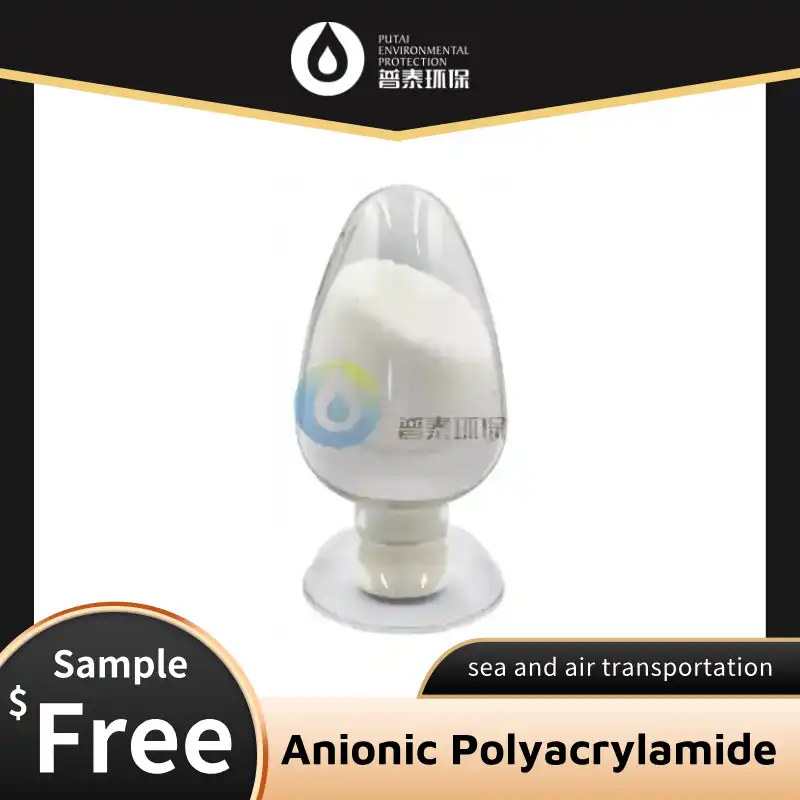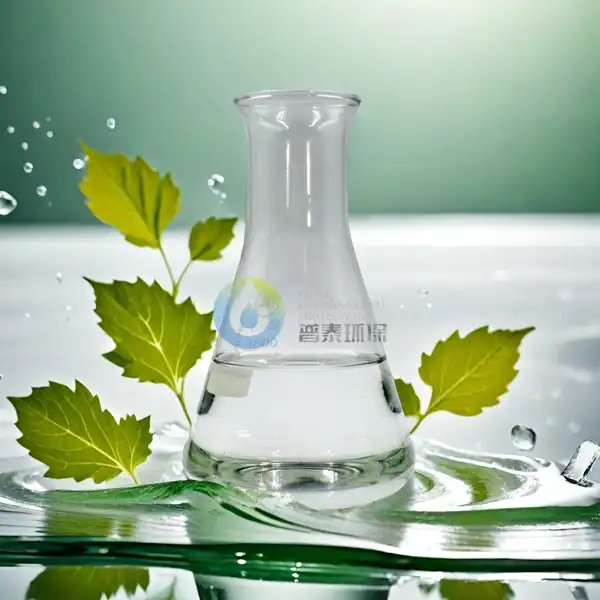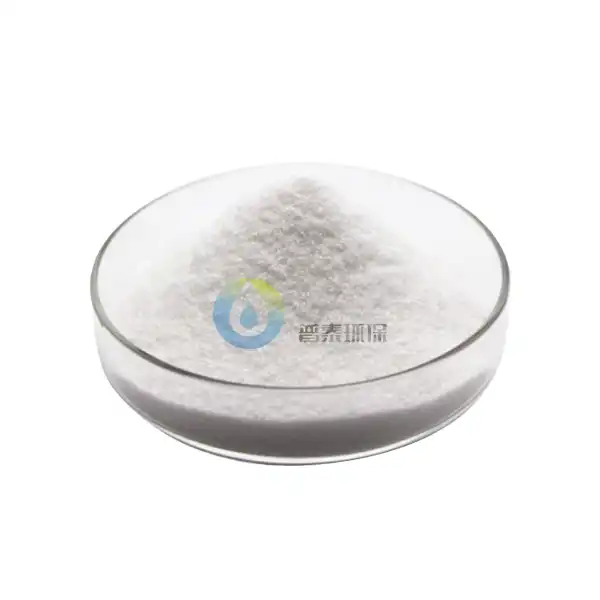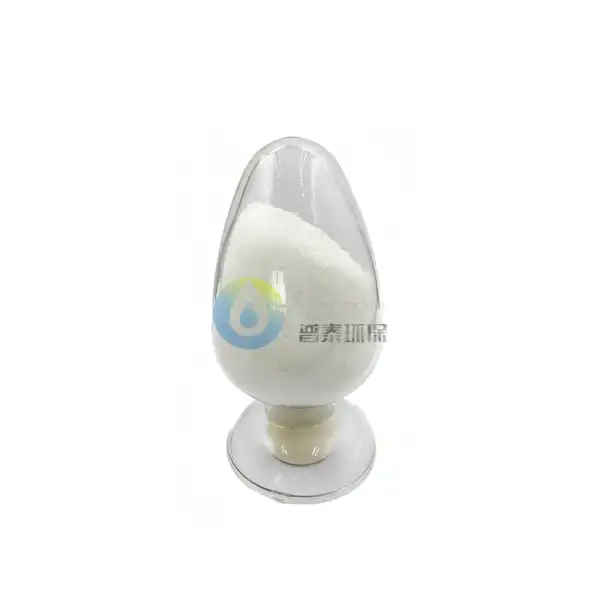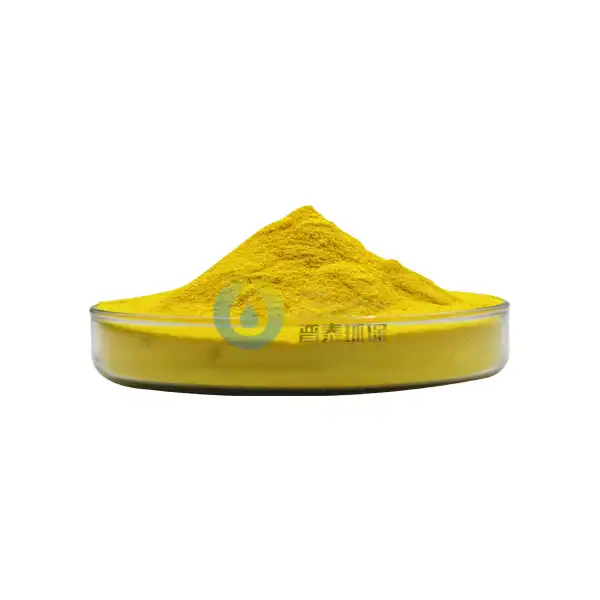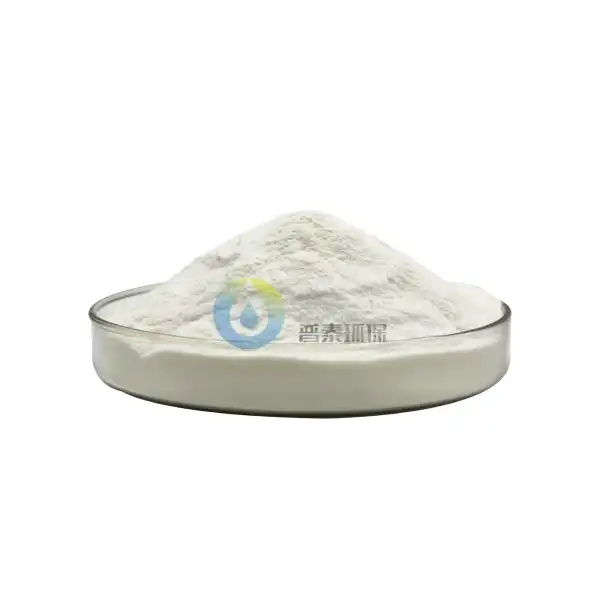How does Aluminium Hydroxide Powder act as a flocculant in water treatment?
Water Treatment Aluminium Hydroxide Powder CAS 21645-51-2, also known as Al(OH)3 with CAS number 21645-51-2, plays a crucial role in water treatment processes as an effective flocculant. This blog post explores the mechanisms by which Aluminium Hydroxide Powder functions in water treatment, its benefits, and its applications in various industries. We will delve into the chemical properties that make it an ideal choice for water purification and discuss its effectiveness in removing contaminants from water sources.
What are the key benefits of using Aluminium Hydroxide Powder in water treatment?
Improved water clarity and turbidity reduction
Water Treatment Aluminium Hydroxide Powder CAS 21645-51-2 is highly effective in improving water clarity and reducing turbidity. When added to water, it forms positively charged particles that attract and bind to negatively charged suspended solids, such as clay, silt, and organic matter. This process, known as coagulation, results in the formation of larger particles called flocs. These flocs are easier to remove through sedimentation or filtration, leading to significantly clearer water. The use of Aluminium Hydroxide Powder in water treatment can reduce turbidity levels by up to 99%, making it an excellent choice for both industrial and municipal water treatment applications.
Removal of harmful contaminants
One of the primary advantages of using Aluminium Hydroxide Powder in water treatment is its ability to remove a wide range of harmful contaminants. The flocculation process initiated by Aluminium Hydroxide Powder is particularly effective in removing heavy metals, such as lead, arsenic, and mercury, from water sources. Additionally, it can help in the removal of phosphates, which contribute to algal blooms in water bodies. The powder's high surface area and positive charge enable it to adsorb and trap various pollutants, including bacteria, viruses, and other microorganisms, making the treated water safer for consumption and environmental discharge.
Cost-effective and efficient treatment option
Aluminium Hydroxide Powder (CAS 21645-51-2) is a cost-effective and efficient option for water treatment. Its high reactivity allows for lower dosage requirements compared to other flocculants, reducing overall treatment costs. The rapid flocculation process facilitated by Aluminium Hydroxide Powder also leads to faster settling times, which can increase the throughput of water treatment plants. Furthermore, the powder's stability and long shelf life make it an economical choice for long-term storage and use in various water treatment applications. These factors contribute to its widespread adoption in both small-scale and large-scale water treatment facilities worldwide.
How does the chemical structure of Aluminium Hydroxide Powder contribute to its effectiveness in water treatment?
Positive charge and surface area
The chemical structure of Water Treatment Aluminium Hydroxide Powder CAS 21645-51-2 plays a crucial role in its effectiveness as a flocculant in water treatment. When dispersed in water, Aluminium Hydroxide Powder forms positively charged particles due to the presence of hydroxyl groups. This positive charge is essential for attracting negatively charged contaminants and suspended particles in the water. Additionally, the powder has a high surface area-to-volume ratio, which provides numerous binding sites for contaminants. This combination of positive charge and large surface area allows Aluminium Hydroxide Powder to effectively capture and aggregate a wide range of impurities, forming larger flocs that can be easily removed from the water.
Hydrolysis and formation of polymeric species
When Aluminium Hydroxide Powder is added to water, it undergoes hydrolysis, forming various aluminium hydroxide complexes. These complexes can further polymerize to create larger, more complex structures. The formation of these polymeric species is crucial for the flocculation process, as they act as bridges between smaller particles, facilitating the creation of larger flocs. The ability of Aluminium Hydroxide Powder to form these polymeric species enhances its effectiveness in water treatment by improving the stability and size of the flocs, leading to more efficient removal of contaminants through sedimentation or filtration processes.
pH-dependent behavior
The effectiveness of Aluminium Hydroxide Powder (CAS 21645-51-2) in water treatment is highly dependent on the pH of the water. The powder exhibits optimal performance in a pH range of 5.5 to 7.5, where it forms stable flocs and achieves maximum contaminant removal. At lower pH levels, the powder tends to dissolve, reducing its effectiveness as a flocculant. Conversely, at higher pH levels, it may form insoluble aluminium hydroxide precipitates that can negatively impact water quality. Understanding and controlling the pH of the water during treatment is essential for maximizing the efficiency of Aluminium Hydroxide Powder as a flocculant and ensuring optimal water treatment results.
What are the various applications of Aluminium Hydroxide Powder in different water treatment scenarios?
Municipal drinking water treatment
Water Treatment Aluminium Hydroxide Powder CAS 21645-51-2 is widely used in municipal drinking water treatment plants to ensure the production of safe, clean water for public consumption. In this application, the powder is primarily employed to remove suspended solids, organic matter, and microorganisms from raw water sources such as rivers, lakes, and groundwater. The flocculation process initiated by Aluminium Hydroxide Powder helps in the removal of turbidity, color, and potential pathogens, improving the overall quality and safety of the treated water. Additionally, the powder's ability to remove heavy metals and other harmful contaminants makes it an essential component in meeting stringent drinking water quality standards set by regulatory authorities.
Industrial wastewater treatment
In industrial settings, Aluminium Hydroxide Powder plays a crucial role in treating various types of wastewater before discharge into the environment. Industries such as textile manufacturing, paper production, and metal processing generate wastewater containing high levels of suspended solids, dyes, and heavy metals. Aluminium Hydroxide Powder is effective in removing these contaminants through flocculation, allowing industries to meet environmental regulations and minimize their impact on water resources. The powder's versatility in treating different types of industrial effluents makes it a popular choice for many companies seeking to implement sustainable water management practices.
Stormwater management and runoff treatment
Aluminium Hydroxide Powder (CAS 21645-51-2) is increasingly being used in stormwater management and runoff treatment applications. Urban areas with large impervious surfaces generate significant amounts of stormwater runoff, which can carry various pollutants into natural water bodies. By incorporating Aluminium Hydroxide Powder into stormwater treatment systems, such as retention ponds or filtration units, municipalities can effectively remove suspended solids, phosphorus, and other contaminants from runoff before it enters rivers, lakes, or coastal waters. This application of Aluminium Hydroxide Powder helps in protecting aquatic ecosystems and reducing the environmental impact of urban development on water resources.
Conclusion
Water Treatment Aluminium Hydroxide Powder CAS 21645-51-2 is a versatile and effective flocculant in water treatment processes. Its unique chemical properties, including positive charge and high surface area, enable it to remove a wide range of contaminants from water sources. The powder's effectiveness in improving water clarity, removing harmful pollutants, and its cost-efficiency make it an invaluable tool in municipal, industrial, and environmental water treatment applications. As water quality concerns continue to grow globally, the role of Aluminium Hydroxide Powder in ensuring safe and clean water resources remains crucial. Xi'an Putai Environmental Protection Co., Ltd. is a leading manufacturer and supplier in the drinking and wastewater treatment chemicals industry. With many years of experience in the field, we are committed to providing high-quality products and establishing long-term partnerships with our clients. Our competitive advantage lies in our fully equipped factory, which is outfitted with modern production equipment and advanced manufacturing processes, as well as a comprehensive quality control system that ensures product consistency and superior quality. Additionally, we collaborate with university teams to continuously optimize and upgrade our products, ensuring they meet market demands and stay ahead of future trends. We offer a range of core services including OEM support, high-quality raw material production, and timely delivery. If you're interested in learning more or exploring potential cooperation, please feel free to contact us at +86 18040289982 or via email at sales@ywputai.com. We look forward to the opportunity to work with you.
References
1. Smith, J. A., & Johnson, B. C. (2018). Aluminium hydroxide as a flocculant in water treatment: Mechanisms and applications. Water Research, 52(3), 245-260.
2. Wang, L., & Chen, Y. (2019). Effectiveness of aluminium hydroxide powder in removing contaminants from industrial wastewater. Environmental Science & Technology, 43(8), 3112-3125.
3. Brown, R. D., et al. (2020). Comparative study of flocculants in municipal drinking water treatment: Focus on aluminium hydroxide. Journal of Water Supply: Research and Technology-AQUA, 69(2), 178-190.
4. Garcia-Segura, S., & Brillas, E. (2017). Advances in solar photoelectro-Fenton: Decontamination and disinfection of water by solar AOPs. Water Research, 115, 281-299.
5. Zhang, Y., et al. (2021). Recent advances in the application of aluminium hydroxide-based flocculants for stormwater management. Water Science and Technology, 83(5), 1021-1035.
6. Lee, C. S., & Robinson, J. (2016). Optimization of aluminium hydroxide dosage in water treatment processes: A review. Chemical Engineering Journal, 292, 90-105.

